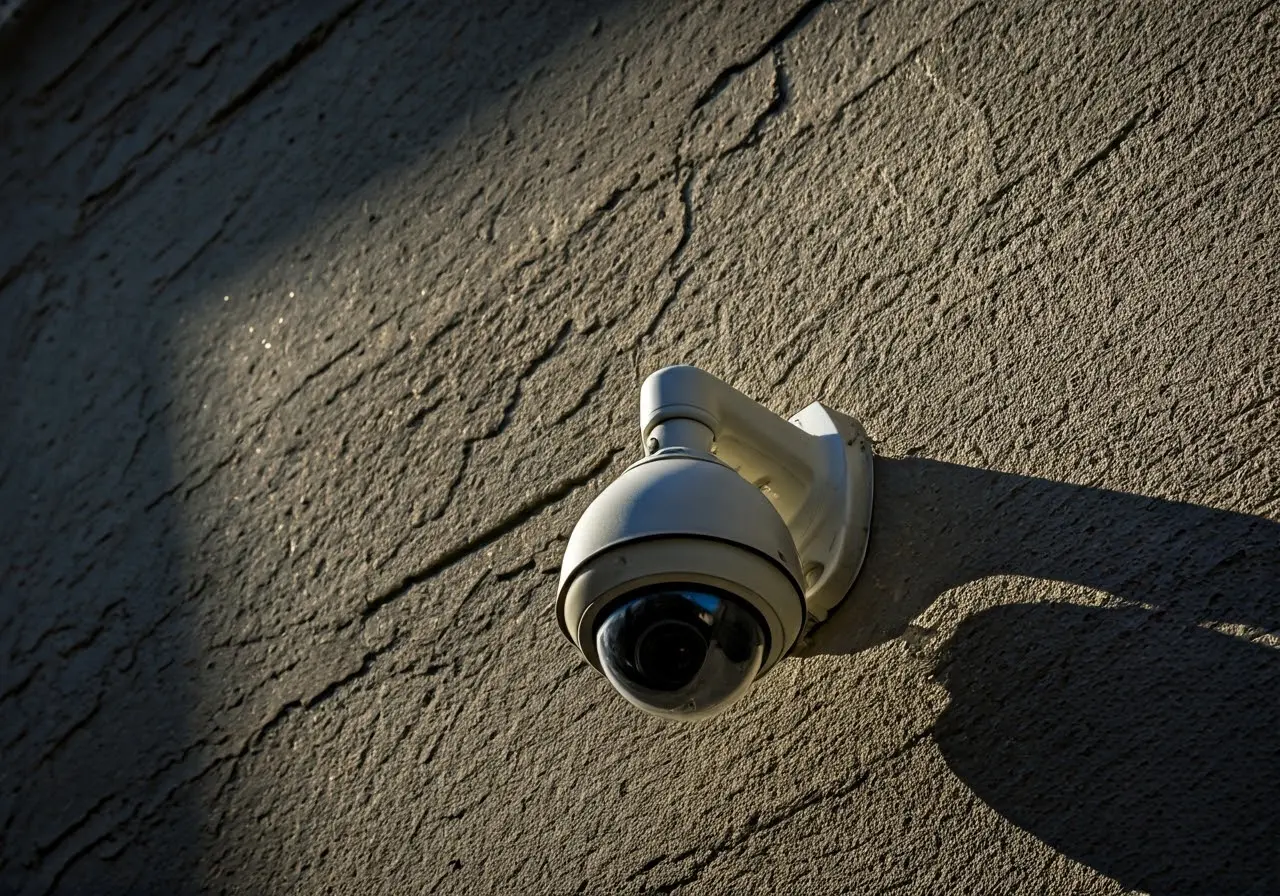Installing CCTV systems can be a game-changer for improving security at your home or business. Yet, even the most technically savvy individuals can make mistakes during installation, leading to suboptimal system performance. In this blog, we’ll dive into some common CCTV installation errors and offer practical advice on avoiding them.
1. Choosing the Wrong Camera Type
Different environments require different types of cameras. Opt for the camera that suits your specific needs, whether it’s for indoor or outdoor use, low-light conditions, or wide-angle coverage. For example, dome cameras are suitable for indoor environments due to their sleek design and wide coverage. In contrast, bullet cameras are often used outdoors because of their resistance to the elements. Understanding the specific feature sets, such as night vision capabilities and resolution, can drastically impact the effectiveness of your surveillance system.
When deciding on a camera type, it’s also essential to consider resolution quality and frame rates that meet your expectations. A higher resolution provides clearer images, useful for identifying faces or intricate details. High-definition footage can be vital, especially in high-traffic areas where identifying individuals is crucial. On the other hand, areas with minimal activity might function well with standard resolution to conserve storage.
2. Ignoring Optimal Angle and Positioning
Positioning your cameras strategically can ensure comprehensive coverage. Avoid placing cameras too high or at awkward angles, as this can lead to blind spots or poor image capture. Positioning cameras correctly can sometimes feel like a game of chess—striking the right balance between height and angle to maximize visibility can make an enormous difference in what your cameras capture.
An effective placement should cover vital entry points and sensitive areas, incorporating elements like motion detection zones that reduce false alarms. Evaluate vulnerability in entry points such as doors and windows, which are often targeted by intruders. Parking lots and other external areas should also be considered for 24⁄7 monitoring to ensure comprehensive security.
3. Overlooking Lighting Conditions
Proper lighting is essential for clear footage. Ensure your cameras can handle low-light environments or consider adding supplemental lighting to improve image quality. Low-light cameras or those with infrared capabilities are ideal for nighttime monitoring.
Assess how different lighting conditions throughout the day can affect camera efficiency. For instance, backlighting from a sunrise or sunset might obscure vision if not correctly managed. Consider incorporating technologies like dynamic range to automatically adjust brightness and contrast levels, offering clearer footage under varying lighting situations.
4. Neglecting Network Security
CCTV systems are vulnerable to cyber threats. Protect your network by using strong passwords, enabling encryption, and updating firmware regularly. Cybersecurity for your CCTV network should not be underestimated. The use of a default password can be an invitation to unauthorized users to gain access to your footage.
In addition to passwords, encryption adds another layer of protection. Think of it as a secret code for your video sources, potentially saving sensitive footage from unwanted eyes. Regular software and firmware updates offer improvements as well as essential security patches that could protect against latent vulnerabilities. Occasionally check your security software and affirm that it includes the latest patches.
5. Failing to Test the System
Testing your CCTV system before finalizing the setup can catch issues early. Ensure all components are functioning correctly by performing a comprehensive test run. A rigorous test can include evaluating camera positions, lens angles, and testing remote viewing accessibility. This step helps ensure that your investment is both set up correctly and can maintain robust functionality over time.
Frequent system audits cultivate security awareness and address any sudden issues. Routine checks can spot fluctuating hardware, software weaknesses, or visibility problems, all of which can undercut the effectiveness of a security system.
6. Incorrect Wiring Practices
Secure and tidy wiring prevents connectivity problems. Label each wire and keep them organized to avoid confusion during installation and maintenance. Proper wiring practices contribute significantly to the longevity and reliability of your CCTV system. Efficiently managed cables eliminate the unsightliness of tangled messes and also minimize the risk of physical damage from exposure or tampering.
7. Underestimating Storage Needs
Assess your storage requirements based on the number of cameras and the desired retention period. Invest in adequate storage solutions to ensure seamless recording. Storage is the lynchpin of any robust security system. Without adequate space, vital footage could be overwritten or lost, rendering the system ineffective at key moments.
Consider newer options such as cloud storage for secure, off-site footage storage and easy access. Such solutions often provide scalable storage, adapting seamlessly as your surveillance requirements grow, while also offering secondary benefits such as remote access and backup.
8. Placing Cameras Without Weather Protection
Outdoor cameras must withstand weather elements. Use weatherproof cameras or housings to prevent damage due to rain, wind, and temperature fluctuations. Choosing the right solution can often equate to savings in replacement costs and downtime.
9. Ignoring Power Supply Considerations
Ensure a reliable power source for your CCTV system. Consider using uninterrupted power supply options to maintain function during power outages. Unlike other components of a security system, power can be easily overlooked, yet it is one of the most crucial aspects.
10. Misunderstanding Field of View
Understand the field of view parameters of your cameras. Proper knowledge can help in selecting suitable lens sizes to cover the desired areas effectively. Field of view can significantly impact the success of the CCTV system in identifying crucial incidents.


